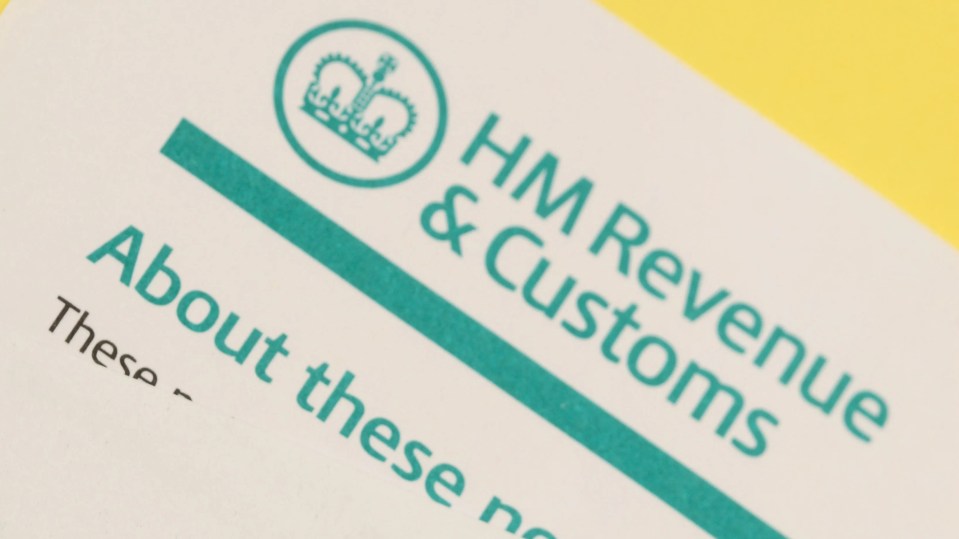SELF-ASSESSMENT tax customers have just weeks left to file an online return or they could face a hefty fine.
There are just three weeks left to submit an online self-assessment tax return with the final cut-off point on January 31.
It’s estimated that around 5.4 million people have yet to file a self-assessment tax return online for the 2023 to 2024 tax year, according to HMRC.
The deadline to submit a paper tax return has passed but you can still complete the forms online.
Those who miss the self-assessment deadline risk a fine of £100 if their tax return is up to three months late.
You also face further fines of £10 a day after three months, up to a maximum of £900.
If you’re six months late making your payment, you’ll be fined 5% of the tax you owe or £300, whichever is greater.
It’s worth noting though HMRC will consider a customer’s reasons for not being able to meet the deadline.
Those who provide a reasonable excuse may avoid a penalty.
People should also be aware that scammers may use the deadline to try to trick them.
HMRC has warned that workers should never share their HMRC login details with anyone, including a tax agent if they have one.
Myrtle Lloyd, HMRC’s director general for customer services, said it’s “important to file and pay on time to avoid penalties or being charged interest.”
“The quickest and easiest way to complete your tax return and pay any tax owed is to use HMRC’s online services – go to GOV.UK and search ‘Self Assessment’ to get started now.”
HMRC uses the self-assessment system to collect income tax.
Tax is usually deducted automatically from wages, pensions and savings, but people and businesses with other incomes must report it in a tax return.
You may also need to pay if you are a new partner in a business partnership or have received any untaxed income over £2,500.
Another reason you may need to file a self-assessment tax return is if you receive Child Benefit payments and need to pay the High Income Child Benefit Charge because you or your partner earned more than £50,000
You can check if you need to file a tax return by using the online tool on the GOV.UK website.
HOW TO FILE A RETURN
Before you can complete and submit your tax return, you’ll need to have a so-called unique taxpayer reference (UTR) and activation code from HMRC.
This can take a while to receive, so if it’s the first time you’re completing a self-assessment, make sure you register online immediately and ask HMRC for advice.
To sign in or register visit the self-assessment tax return section of HMRC’s website.
If you’ve already signed up for self-assessment, you can find your UTR in relevant letters and emails from HMRC.
HMRC accepts your payment on the date you make it, not the date it reaches its account – including on weekends.
Make sure you gather all of the expenses and documents relating to your income.
Having these to hand will help you race through the process.
This includes your UTR and your National Insurance number.
Once you log in to complete your online tax return, you should begin by checking your personal details.
You should then choose to fill in the sections that fit your circumstances.
With an online tax return, HMRC’s system will react to the answers you give as you put them in.
This might mean, for example, that sections that are not relevant to you are removed.
When filling in the figures, the online system gives reminders about where you can find the information to fill in particular sections.
Once you’ve filled in the empty fields, check all your numbers thoroughly before pressing submit.
When filing online, you can save your tax return at any time, so if you need to go away and double-check your figures, do so.
When you are happy that everything is correct, you can press send.
If you need help with your return, visit the GOV.UK website or call the helpline on 0300 200 3310.
There are HMRC guidance notes and manuals online, but if you’re struggling you could seek advice from an accountant or tax adviser.
Who needs to fill out a self-assessment tax return?
YOU’LL need to submit a tax return if any of the following applied to you in the 2023/2024 tax year:
- You were self-employed and your income was more than £1,000
- You had multiple sources of income over £1,000
- You earned £10,000 or more before tax from savings, investments, shares or dividends
- You claimed Child Benefit when you or your partner earned more than £50,000 a year.
- You earned more than £2,500 from renting out property, or from other untaxed income, such as tips or commission
- You earned more than £100,000 in taxable income
- You earned income from abroad or lived abroad and had a UK income
- You need to pay capital gains tax
- You received income from a trust
- Your state pension was more than your personal allowance and was your only source of income (unless you started getting your pension on or after 6 April 2016)
- HMRC has told you that you didn’t pay enough tax last year (and you haven’t already paid up through your tax code or via voluntary payments)
- You filed a self-assessment tax return for the 2022/23 tax year (even if you didn’t owe any tax)
- You were self-employed and earning less than £1,000 but you still want to pay ‘class 2’ national insurance contributions voluntarily to protect your entitlement to the state pension and certain benefits
